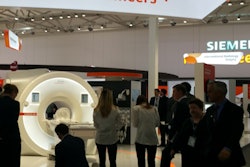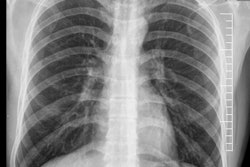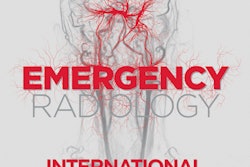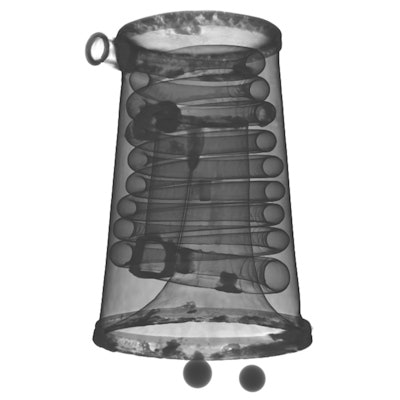
Researchers at the Fraunhofer Development Center for X-ray Technology are using 3D CT to examine historical musical instruments belonging to the collection held by the Germanisches Nationalmuseum (GNM) as part of the MUSICES project.
Based on this experience, they are drawing up guidelines for obtaining the best possible images and measurement results, which until now remained without standards.
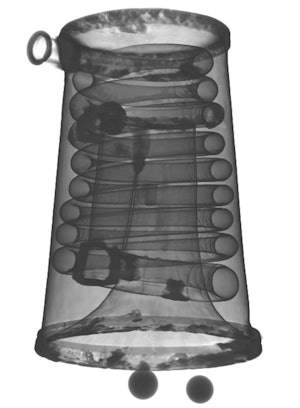 The CT scan of a box-valve trumpet reveals the unsuspected complexity of this seemingly simple instrument. Image courtesy of Fraunhofer.
The CT scan of a box-valve trumpet reveals the unsuspected complexity of this seemingly simple instrument. Image courtesy of Fraunhofer.The researchers in Fürth, Germany, joined forces with specialists from the GNM in Nürnberg and the chair of x-ray microscopy at the University of Würzburg to take a look inside historical musical instruments, such as a violin, pianoforte, basset horn, and others using CT to evaluate their condition and determine whether, despite their age and possible deterioration due to storage conditions, the instruments are still playable.
By analyzing the images, it's possible to see how the instrument was built, including its resonant parts and the materials employed, according to Fraunhofer. The images also reveal invisible repairs, signs of damage such as cracks, delamination and woodworm attack, and structural details, including the grain and density of the wood.
The researchers are developing guidelines that will enable museums throughout the world to digitalize different types of instruments and obtain images of comparable quality, which involves determining radiation dose, exposure time, measuring interval and duration, the configuration of the CT scanner, and the algorithms used to reconstruct the volumes and consecutively to mine information from the 3D datasets.
The researchers aim by January to publish online their results, including collected CT data and also detailed, comprehensible documentation of all steps in the measurement process.





